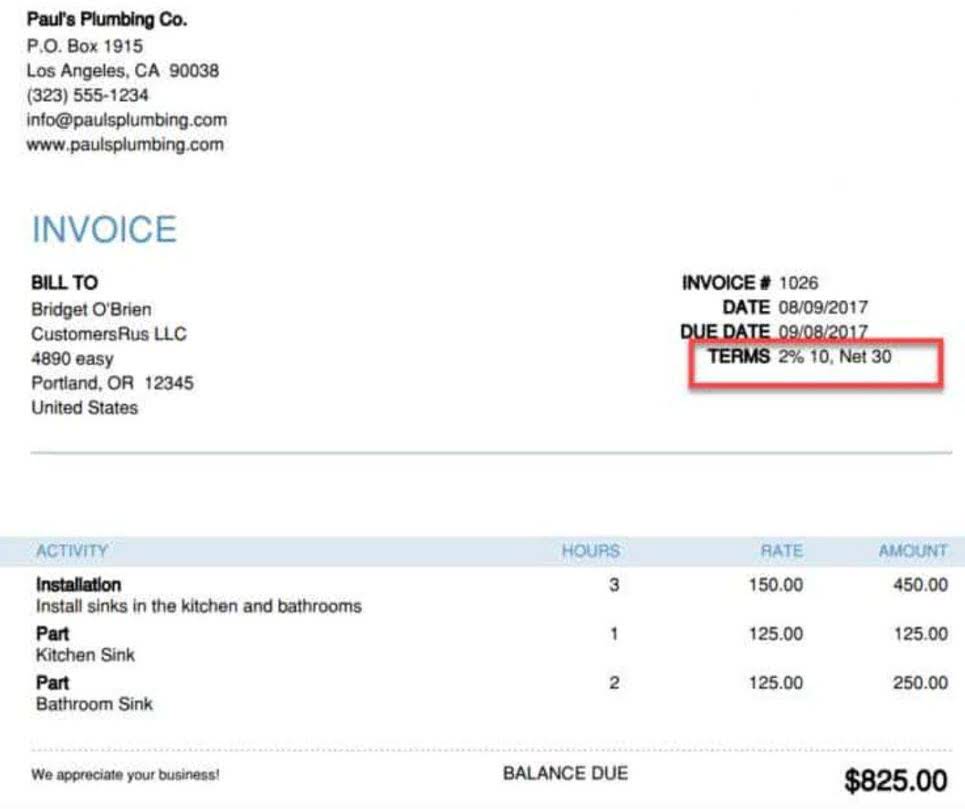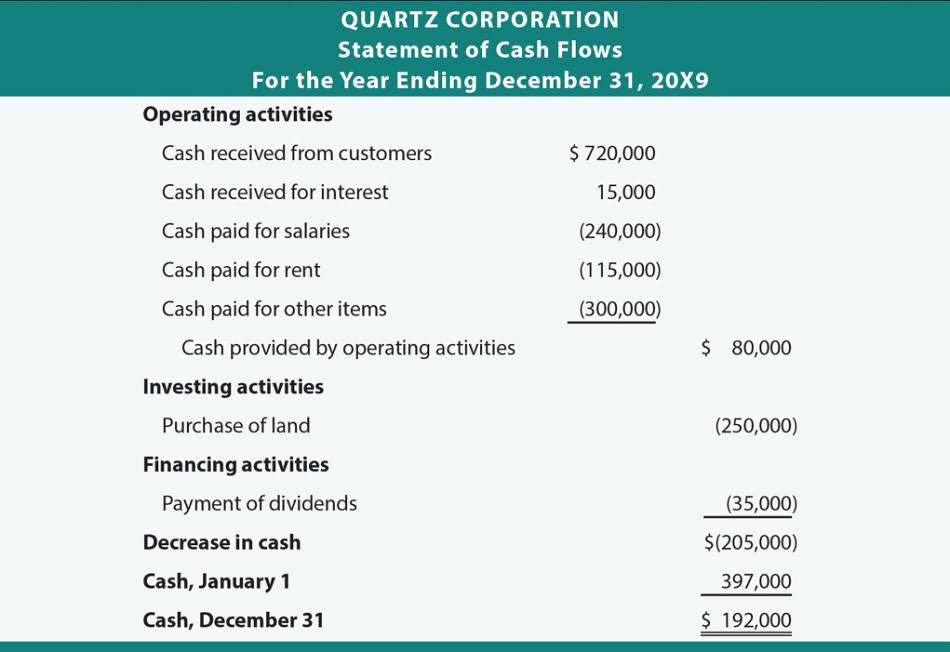
Thus, you have resources with offsetting claims against those resources, either from creditors or investors. All three components of the accounting equation appear in the balance sheet, which reveals the financial position of a business at any given point in time. The asset, liability, and shareholders’ equity portions of the accounting equation are explained further below, noting the different accounts that may be included in each one.
Impact of transactions on accounting equation
- The fundamental components of the accounting equation include the calculation of both company holdings and company debts; thus, it allows owners to gauge the total value of a firm’s assets.
- Incorrect classification of an expense does not affect the accounting equation.
- The equity consists of the contribution of the owner and the retained earnings.
- And we find that the numbers balance, meaning Apple accurately reported its transactions and its double-entry system is working.
- This shows all company assets are acquired by either debt or equity financing.
- Ask a question about your financial situation providing as much detail as possible.
Here are a few of these equations along with a brief explanation of how they work. Due within the year, current liabilities on a balance sheet include accounts payable, wages or payroll payable and taxes payable. Long-term liabilities are usually owed to lending institutions and include notes payable and possibly unearned revenue. As transactions occur within a business, the amounts of assets, liabilities, and owner’s equity change.

accounting equation definition
- Single-entry accounting only shows expenses and sales but doesn’t establish how those transactions work together to determine profitability.
- Every transaction is recorded twice so that the debit is balanced by a credit.
- This includes expense reports, cash flow and salary and company investments.
- It can be defined as the total number of dollars that a company would have left if it liquidated all of its assets and paid off all of its liabilities.
- The rights or claims to the properties are referred to as equities.
- The Shareholders’ Equity part of the equation is more complex than simply being the amount paid to the company by investors.
This makes sense when you think about it because liabilities and equity are essentially just sources of funding for companies to purchase assets. If a business buys raw materials and https://www.facebook.com/BooksTimeInc/ pays in cash, it will result in an increase in the company’s inventory (an asset) while reducing cash capital (another asset). Because there are two or more accounts affected by every transaction carried out by a company, the accounting system is referred to as double-entry accounting. Accountants and members of a company’s financial team are the primary users of the accounting equation. Understanding how to use the formula is a crucial skill for accountants because it’s a quick way to check the accuracy of transaction records .

The Formula for the Accounting Equation
Receivables arise when a company provides a service or sells a product to someone on credit. An asset is a resource that is owned https://www.bookstime.com/ or controlled by the company to be used for future benefits. Some assets are tangible like cash while others are theoretical or intangible like goodwill or copyrights. Think of retained earnings as savings, since it represents the total profits that have been saved and put aside (or “retained”) for future use.

- The accounting equation is based on the premise that the sum of a company’s assets is equal to its total liabilities and shareholders’ equity.
- This is how the accounting equation of Laura’s business looks like after incorporating the effects of all transactions at the end of month 1.
- The accounting equation asserts that the value of all assets in a business is always equal to the sum of its liabilities and the owner’s equity.
- Because the equation is a quick way to determine that transactions are recorded correctly, it is crucial for them to understand how to use the formula.
- Assets represent the valuable resources controlled by a company, while liabilities represent its obligations.
- On the other side of the equation, a liability (i.e., accounts payable) is created.
The accounting equation concept is built into all accounting software packages, so that all transactions that do not meet the requirements of the equation are automatically rejected. When the total assets of a business increase, then its total liabilities or owner’s equity also increase. However, an asset cannot be recorded because of the uncertainty of future benefits accounting equation def accruing from the salary expenditure. The balancing entry is a reduction in the equity of the shareholders. It is, in fact, an expense and all expenses reduce retained earnings which is part of the shareholder’s equity. As you can see, assets equal the sum of liabilities and owner’s equity.
What Are the Three Elements in the Accounting Equation Formula?
It can be found on a balance sheet and is one of the most important metrics for analysts to assess the financial health of a company. You can automatically generate and send invoices using this accounting software. Further, creating financial statements has become considerably easier thanks to the software, which lets you draft balance sheets, income statements, profit and loss statements, and cash flow statements. Not only does the balance sheet reflect the basic accounting equation as implemented, but also the income statement. It is seen that the total credit amount equals the total debt amount. It is fundamental to the double-entry bookkeeping system of accounting, which helps us understand from the illustration above that total assets should be equal to total liabilities.
Önceki Yazılar:
- 8 Powerful Addiction Memoirs that Sober People Love
- Торговля на FOREX
- Что такое CR Коэффициент конверсии в маркетинге и формула для его расчета Словарь по маркетингу и интернет-рекламе
- How To Move Bitcoin To Bank Account From Trezor
- Как вывести деньги с Nicehash на карту Сбербанка ФИНАНСЫ
Sonraki Yazılar:
- Ekipa z YouTube się rozpada Co z giełdą i majątkiem Friza?
- Как положить деньги на Тинькофф через банкомат: инструкция
- Amortization Of Prepaid Expenses: Definition, Example & Why It Matters
- Wszystkie Światowe Indeksy Przegląd Wyników TradingView
- Робота Business Development Manager в Computools Робота на dev ua jobs.dev.ua